ST. PETER'S CHURCH PHIBSBOROUGH - THE AREA AROUND THE HIGH CROSS HAS BEEN RESTORED
ST. PETER'S CHURCH PHIBSBOROUGH - THE AREA AROUND THE HIGH CROSS HAS BEEN RESTORED
The concrete pavement at the front entrance of the church was unsafe and was cordoned off for an extended period so I was delighted to discover that the area has, at last, been repaved giving access to the front gates and the Celtic or High Cross.
The mid-nineteenth-century Celtic Revival High Cross was carved with a skull and cross bones above four symbols - the cock, reflecting the betrayal of Jesus Christ by St Peter, a pillar symbolising his scourging, a serpent reflecting the fall from grace of the garden of Eden and finally the crown of thorns.
I noticed that the high cross also has a carving of a whip on each corner.
Early crosses were typically up to about two metres or eight feet high, but in Ireland examples up to three times higher appear later, retaining thick massive proportions, giving large surface areas for carving. The tallest of the Irish crosses is the so-called Tall Cross at Monasterboice, County Louth. It stands at seven metres or twenty-two feet high. The crosses often, though not always, feature a stone ring around the intersection, forming a Celtic cross; this seems clearly an innovation of Celtic Christianity, perhaps at Iona. The term "high cross" is mainly used in Ireland and Scotland, but the tradition across Britain and Ireland is essentially a single phenomenon, though there are certainly strong regional variations.
The church designed by Weightman, Hadfield and Goldie in the mid-nineteenth century, replacing a smaller pre-Emancipation chapel on the same site. Following an appeal for funds in 1902 by Archbishop William Walsh, George Coppinger Ashlin of Ashlin and Coleman was engaged to enlarge and remodel the building. Ashlin removed the preexisting nave and tower, adding an impressive 60m high tower and spire and a taller, grander nave.
The interior contains a number of well-executed stained-glass windows, including two compositions by Harry Clarke. The four twin-light windows in the mortuary chapel are unusual abstract compositions dating to 1924, incorporating recycled glass from other commissions. The 'Adoration of the Sacred Heart', which dates to 1919, is one of Clarke’s early masterpieces. The building design skilfully exploits the wedge-shaped site at the intersection of the Cabra and North Circular Roads. The spire is a prominent landmark which dominates the local skyline. Initially was a chapel of ease to St. Paul's, Arran Quay before passing into the hands of the Vincentian Order in the 1830s. Together with the neighbouring presbytery, Saint Peter's forms part of an important group of ecclesiastical buildings.







-
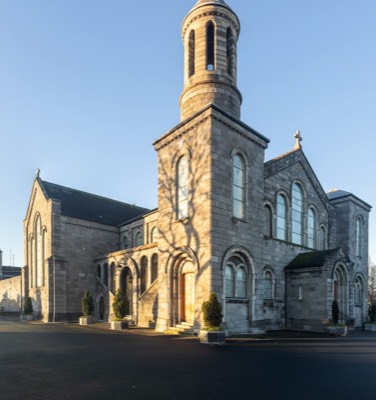
ARBOUT HILL
-
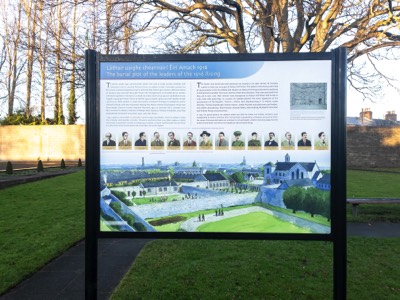
1916 MEMORIAL
-
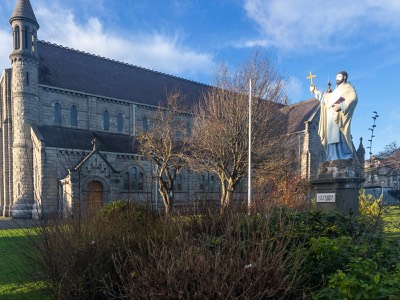
SAINT COLUMBA
-
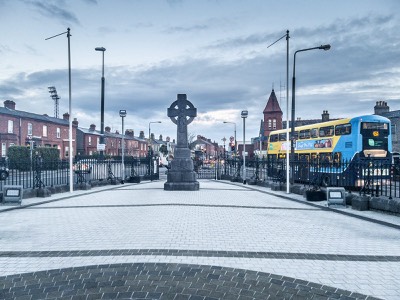
HIGH CROSS
-
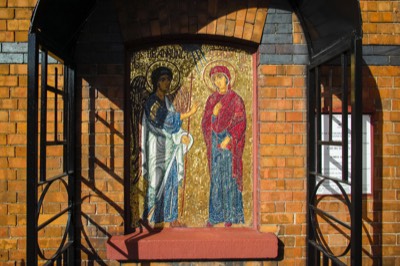
GREEK ORTHODOX
-
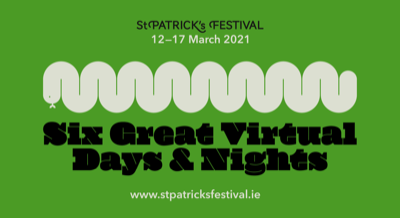
PATRICKS FESTIVAL 2021
-
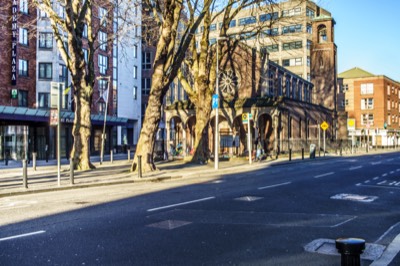
FINDLATER PLACE
-
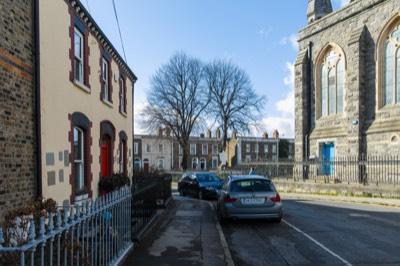
AUGHRIM STREET
-
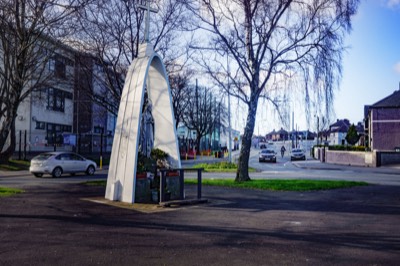
CABRA
-
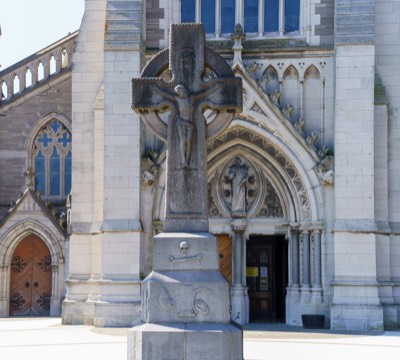
HIGH CROSS
-

PENCIL BOLLARDS
-
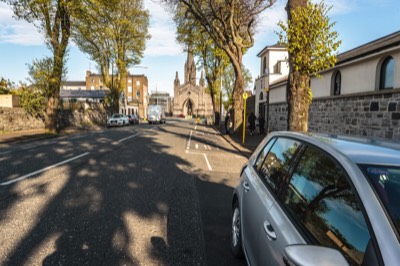
BLACK CHURCH
-
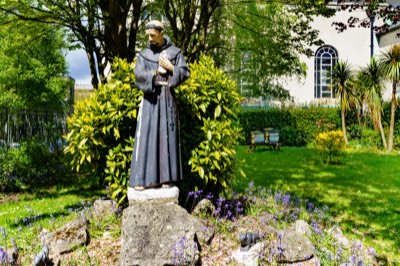
SAINT FRANCIS
-
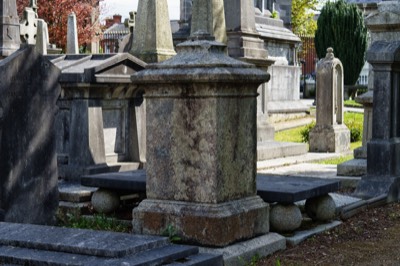
GLASNEVIN 8 MAY 2021
-
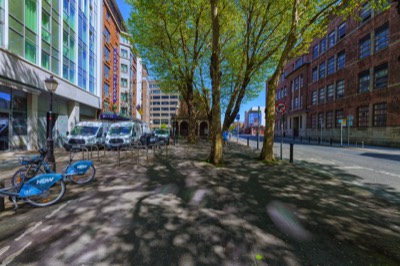
FINDLATER PLACE
-
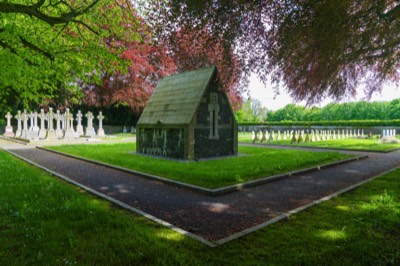
MAYNOOTH CEMETERY
-
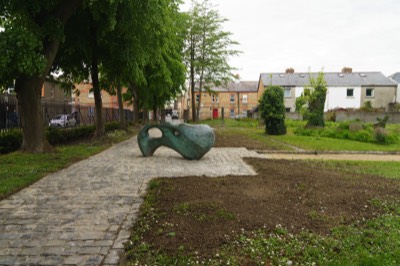
ST. CATHERINE'S GRAVEYARD
-
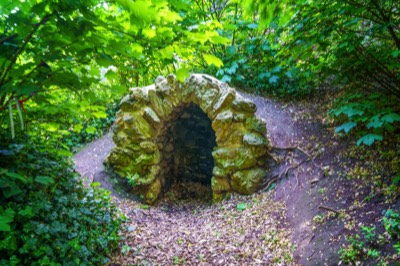
HOLY WELL
-
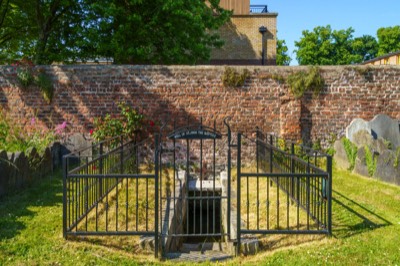
HOLY WELL DRUMCONDRA
-
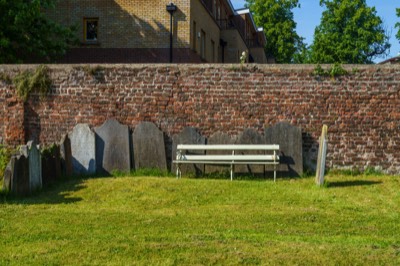
DRUMCONDRA CHURCH
-

GRANGE ABBEY
-
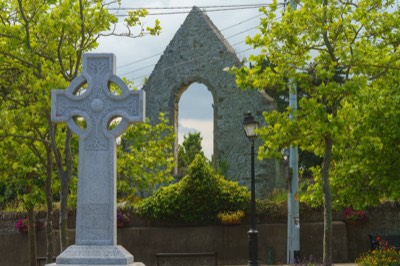
HAYES CROSS
-
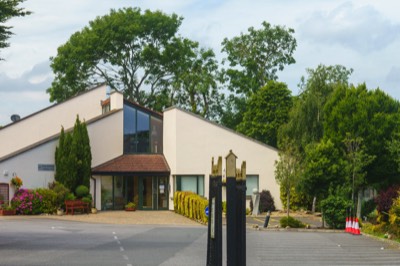
KILLESTER
-
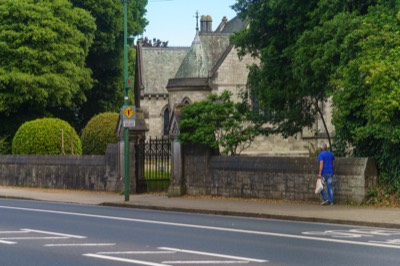
ALL SAINTS
-
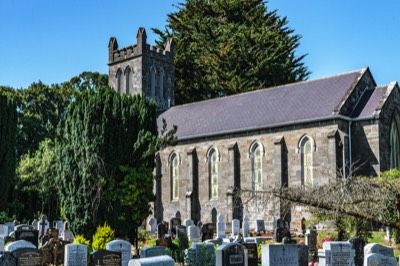
KERBING NOT PERMITTED
COPYRIGHT INFORMATION BELOW APPLIES ONLY TO PHOTOGRAPHS

This work by William Murphy aka Infomatique is licensed under a Creative Commons Attribution-NonCommercial-ShareAlike 4.0 International License.
Permissions beyond the scope of this license may be available at https://excellentstreetimages.com/in-the-year-twentytwenty/copyright/.

























